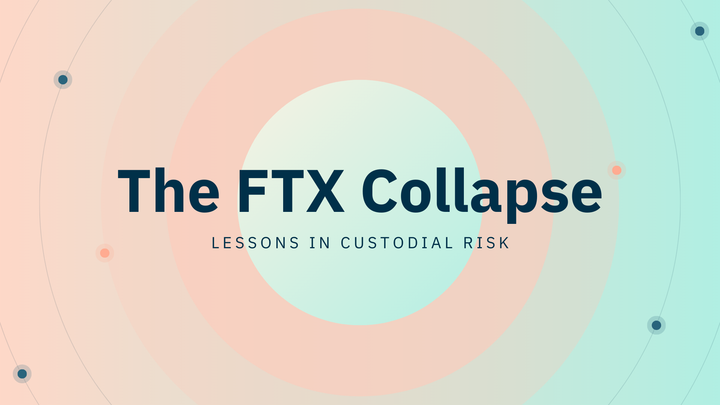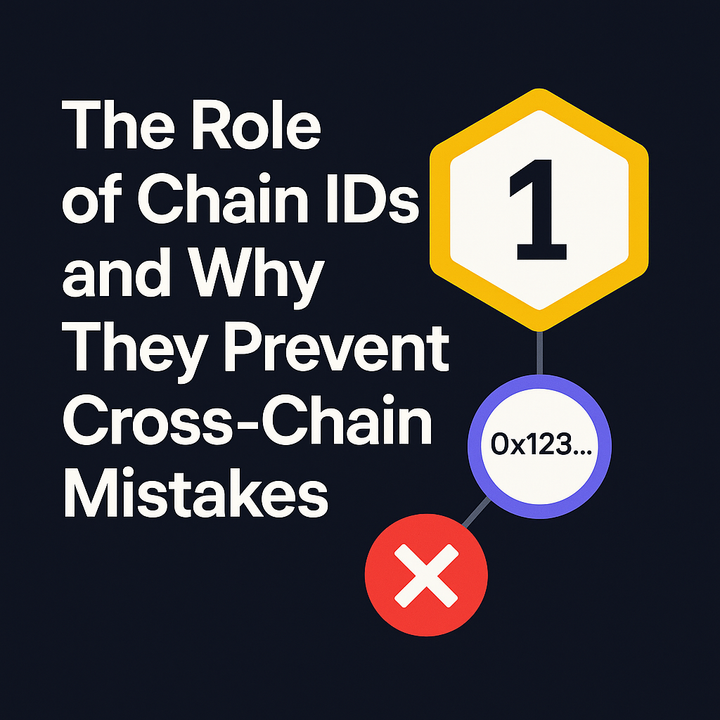The Geopolitical Fault Line: How the Iran-U.S. Rift Reshapes the Crypto Market
The geopolitical chessboard is rarely static, but when major powers clash, the ripples extend far beyond diplomatic circles and battlefields. For decades, the global financial system has braced for the impact of such conflicts, often seeking refuge in traditional safe havens. Yet, in an increasingly digital age, a new, unpredictable player has emerged: the cryptocurrency market. What happens when the volatile world of digital assets confronts the raw, destabilizing force of international conflict, particularly one as charged as the rift between Iran and the U.S. over its support for Israel? How does a market built on decentralization react when confronted by centralized geopolitical power, and what does this mean for investors navigating the turbulent currents of 2025?
The Geopolitical Fault Line: A Region Under Strain
The escalating tensions between Iran and the United States, exacerbated by Washington's unwavering support for Israel, have created a profound geopolitical fault line in the Middle East. This complex dynamic, characterized by proxy conflicts, military posturing, and economic sanctions, generates a pervasive sense of global instability. Recent U.S. military strikes on Iranian nuclear facilities in June 2025, for instance, dramatically heightened fears of a broader regional war, sending shockwaves through international markets. This constant state of tension, while seemingly distant from the digital realm, creates a ripple effect that crypto markets are increasingly sensitive to, demonstrating that even decentralized assets are not immune to real-world geopolitical pressures.
Crypto's Volatile Nature: A Historical Precedent
The cryptocurrency market, renowned for its inherent volatility, has a documented history of being significantly influenced by external shocks. Past global crises, such as the COVID-19 pandemic and the Russia-Ukraine war, have consistently triggered periods of heightened price swings and reduced liquidity for digital assets. During the Russia-Ukraine conflict in February 2022, for example, cryptocurrencies experienced a notable drop in both liquidity and returns. This historical sensitivity sets the stage for how the current Middle East tensions might play out, but the specifics of this conflict add new layers of complexity, as the market's immediate reaction often provides the first clues.
Immediate Market Reaction: The Initial Tremor
Following the U.S. airstrikes on Iranian nuclear facilities in mid-June 2025, the cryptocurrency market experienced an immediate, albeit measured, reaction. Bitcoin, the leading cryptocurrency, initially saw a modest 1.27% dip in price, falling to nearly $98,000. Ethereum, another major cryptocurrency, experienced a more pronounced decline, dropping approximately 9%. This initial sell-off reflected a broader "risk-off" sentiment as investors moved away from speculative assets amid Middle East uncertainty. However, despite these declines, Bitcoin quickly rebounded, closing above the psychologically significant six-figure mark, demonstrating a market that absorbs geopolitical shocks without succumbing to panic selling or extreme volatility. This resilience suggests a maturing market, prompting a deeper look into Bitcoin's evolving role during times of crisis.
Bitcoin as a "Safe Haven" or "Risk Asset"?: The Ongoing Debate
The behavior of Bitcoin during the Iran-U.S. rift reignited the ongoing debate about its role as a "safe haven" asset. While gold, a traditional safe haven, surged to an intra-day record of nearly $3,500 per ounce in April 2025, Bitcoin initially tumbled before recovering. This suggests that Bitcoin, despite its decentralized nature and capped supply, still acts more like a risk asset, plunging on acute stress before rallying alongside equities. However, proponents argue that Bitcoin's resilience stems from its unique attributes: its capped supply, decentralized network, and resistance to central bank interventions, positioning it as a "digital gold" for the digital age. This debate is crucial for investors, but the conflict also highlights how nations are increasingly leveraging crypto in their financial strategies, particularly under sanctions.
Sanctions and Crypto: Iran's Digital Lifeline
Years of extensive international sanctions have substantially weakened the Iranian economy, limiting its access to the traditional global financial system. This economic pressure has inadvertently pushed Iran towards alternative financial systems, including the use of cryptocurrencies for illicit finance and sanctions circumvention. The exchange houses in Tehran's bazaar, for instance, can reportedly arrange money transfers to and from anywhere in the world, regardless of U.S. sanctions. The U.S. Department of the Treasury's Office of Foreign Assets Control (OFAC) and the Financial Crimes Enforcement Network (FinCEN) have actively targeted Iranian "shadow banking networks" and individuals involved in laundering billions of dollars through crypto, highlighting the growing concern over Iran's use of digital assets to evade sanctions and finance illicit activities. This use of crypto by sanctioned regimes raises significant concerns for global financial intelligence and sanctions enforcement, impacting regulatory perspectives.
Regulatory Scrutiny Intensifies: The Watchdog's Gaze
The high-profile nature of the Iran-U.S. rift, coupled with the documented use of cryptocurrencies for sanctions evasion, inevitably leads to increased regulatory scrutiny on unregulated crypto sectors globally. Concerns about illicit finance, money laundering, and capital flight can prompt calls for stricter controls from international bodies. The European Parliament, for instance, has already raised questions about market manipulation in crypto, citing the MiCA regulation, which aims to protect investors from fraud and market abuse. This heightened regulatory focus, while aiming for financial stability and consumer protection, also influences investor sentiment, creating a "risk-off" environment for speculative assets as market participants weigh the implications of potential crackdowns.
Investor Sentiment: The Fear Factor
Escalating Middle East tensions typically trigger a "risk-off" sentiment in traditional finance, causing investors to sell assets perceived as risky and move into safer havens. The crypto market is no exception. Major cryptocurrencies experienced notable declines following U.S. airstrikes on Iranian nuclear facilities, reflecting this broader risk aversion. While Bitcoin's initial resilience was observed, the broader cryptocurrency market experienced significant downturns over the past week in June 2025, suggesting a pervasive negative sentiment. This shift in sentiment is not just about fear; it's also about the broader macroeconomic forces that link seemingly disparate markets like crypto and oil, as global conflicts often have far-reaching economic consequences.
Oil Prices and Crypto: An Unpredictable Correlation
The Middle East is a linchpin in global energy supply chains, and geopolitical instability in the region often leads to a surge in oil prices. The recent Israel-Iran conflict, for example, caused the price of benchmark Brent crude oil to rise more than 10%. While oil and crypto markets are not directly linked, rising inflation fears, often driven by oil supply shocks, are a key driver of crypto prices. Historically, Bitcoin has shown a mixed correlation with oil; sometimes prices rise together, and sometimes they move in opposite directions. However, higher oil prices can also increase the cost of producing Bitcoin, as seen in a 2023 study. This complex interplay means that the broader economic context is the deciding factor, and this unpredictability adds another layer of risk for crypto investors.
Geopolitical Fragmentation and De-dollarization: A Parallel Financial System
The ongoing geopolitical tensions, particularly those involving sanctioned nations like Iran, are accelerating efforts towards "de-dollarization" and the establishment of alternative financial systems. Cryptocurrency's decentralized nature makes it a powerful instrument for sanctions evasion, enabling countries to bypass the U.S. dollar and the SWIFT system. The crypto cooperation between Russia and Iran, for instance, highlights how more nations are embracing cryptocurrencies to facilitate cross-border payments and reduce dollar dominance. This trend contributes to a fragmented global financial landscape, where new geopolitical alliances are forged through parallel financial systems outside the surveillance capacity of traditional law enforcement and intelligence agencies. This fragmentation, while offering new avenues, also presents significant challenges for global consensus on crypto governance and enforcement.
The Challenge of Global Regulation: A Fragmented Approach
The lack of global consensus on crypto governance is a significant challenge exacerbated by geopolitical rifts. Fragmented regulatory frameworks can create loopholes for illicit activities, such as money laundering and sanctions evasion, while simultaneously stifling legitimate innovation. The European Central Bank (ECB) has highlighted that this fragmented approach prevents a global level playing field and can open the door to new risks and systemic vulnerabilities. Without globally aligned regulations for stablecoins and other digital assets, the crypto market remains susceptible to exploitation and instability. This ongoing challenge underscores the need for international cooperation to develop comprehensive and harmonized rules that can effectively manage the risks posed by digital assets in a geopolitically charged environment.
Market Maturation and Resilience: Learning from Shocks
Despite the immediate volatility and challenges, events like the Iran-U.S. rift contribute to the crypto market's ongoing maturation. These geopolitical shocks serve as real-world stress tests, forcing the ecosystem to adapt and develop greater resilience. Bitcoin's performance during the June 2025 conflict, for example, demonstrated its capacity to absorb shocks without technical breakdowns or institutional withdrawal, suggesting a structural bullishness. The market is continuously learning, developing more robust mechanisms to handle external pressures, and moving towards greater transparency and reduced susceptibility to individual whims or unbacked speculation. This indicates that while individual events cause disruption, they also contribute to the long-term maturation of the crypto market, pushing it towards a more stable and integrated financial future.
Takeaways for Investors: Navigating Uncertainty
For investors, the Iran-U.S. rift and its impact on the crypto market offer crucial takeaways. Firstly, understanding crypto's inherent [volatility] and its sensitivity to geopolitical events is paramount for risk management. Diversification, both within crypto holdings and across traditional asset classes, can help mitigate risk. Secondly, while Bitcoin may not always act as a traditional safe haven, its resilience during recent conflicts suggests it can offer diversification benefits in a portfolio. Thirdly, investors must remain vigilant about evolving regulatory landscapes, particularly concerning sanctions and illicit finance, as these can directly impact market dynamics. Finally, focusing on projects with strong fundamentals, clear utility, and transparent operations, rather than succumbing to short-term hype, is crucial for long-term success in this complex and interconnected market.
Conclusion: The Intertwined Destinies of Geopolitics and Digital Finance
The ongoing rift between Iran and the U.S., fueled by the complex dynamics of Middle East politics, has undeniably cast a long shadow over the cryptocurrency market. This geopolitical tension has triggered immediate price fluctuations, intensified regulatory scrutiny, and highlighted the role of digital assets in circumventing traditional financial systems. While Bitcoin has demonstrated a surprising degree of resilience, the broader crypto market remains susceptible to the "risk-off" sentiment driven by global instability. The increasing entanglement of crypto with traditional finance means that geopolitical events, once seemingly distant, now have direct and profound implications for digital assets. As the world navigates a future marked by continued geopolitical uncertainty, the crypto market's ability to adapt, mature, and integrate responsibly will be crucial, shaping its destiny as a truly global and resilient financial force.
Refer To:
🔗Links:



Comments ()